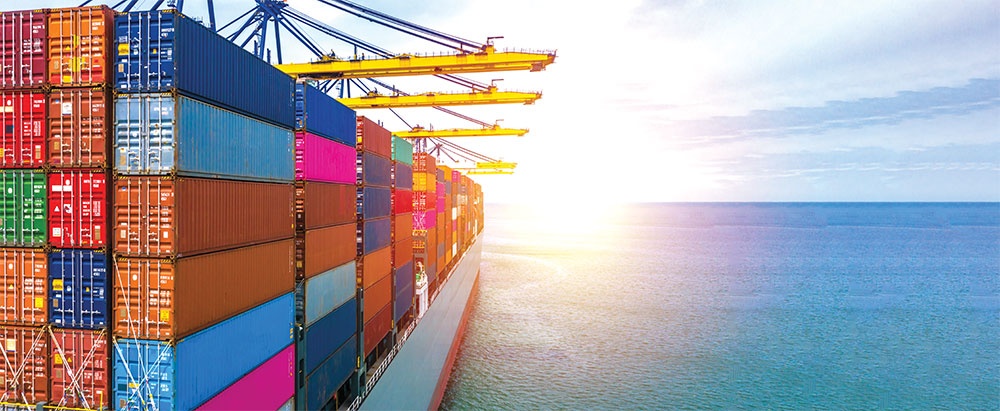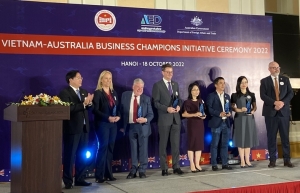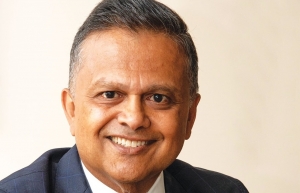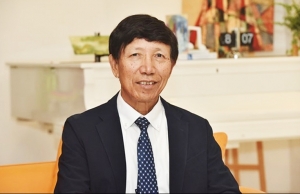More robust trade mechanisms aid Australian ties
The prime ministers of both countries plan to exchange visits this year as the nations celebrate 50 years of diplomatic relations and are expected to lift existing ties, with more favourable mechanisms created for trade and investment.
 |
| More robust trade mechanisms aid Australian ties |
During bilateral talks between Vietnamese State President Vo Van Thuong and Australian Governor-General David Hurley last week in Hanoi, both leaders “agreed on discussions to lift bilateral ties to a comprehensive strategic partnership at a suitable time”.
Vietnam suggested that Australia import more Vietnamese agro-forestry-fishery products to soon balance bilateral trade.
Last year, two-way trade reached $15.7 billion, up 26.7 per cent on-year. In which, Vietnamese exports hit $5.6 billion – up 26.2 per cent; imports touched $10.1 billion – up 27.3 per cent.
Australia is now the seventh-largest trade partner of Vietnam, and the Southeast Asian nation is the 10th largest trade partner of Australia. The achievement is largely attributed to the Comprehensive and Progressive Agreement for Trans-Pacific Partnership, the Regional Comprehensive Economic Partnership, and the ASEAN-Australia-New Zealand Free Trade Agreement.
In Q1 this year, total trade hit $3.4 billion, with Vietnam’s exports of $1.3 billion – down 2.4 per cent on-year, and imports of $2.1 billion – equal to the same period last year. While the reduction is due to global difficulties and negative impacts of the pandemic, it is expected that two-way trade will flourish this year thanks to more favourable trade mechanisms.
“Vietnam welcomes enterprises and investment funds from Australia to come to Vietnam to invest in renewable energy, infrastructure, telecommunications, finance-banking, education, high-tech agriculture, aviation, and tourism,” Prime Minister Pham Minh Chinh told Governor-General Hurley.
“It is also suggested that Australia continues to create favourable conditions for Vietnamese companies to invest in Australia in agriculture, mining, aviation, and tourism.”
According to the recent Australia-Vietnam Enhanced Economic Engagement Strategy, the Vietnamese market is high on the radar of Australian companies.
To supplement their domestic operations and make the most of Vietnam’s comparative advantage in manufacturing, a number of Australian companies have significant investments here. These companies are joined by a growing cohort of small- and medium-sized enterprises looking to expand and diversify their manufacturing capacity.
Australian investment is mainly concentrated in manufacturing and processing industries, food services, and agro-forestry-fisheries. Prominent Australian investors in Vietnam include Austal, RMIT University, Blackstone Minerals, BlueScope Steel, CBH Group, and LOGOS.
For example, shipbuilder Austal is capitalising on Vietnam’s expertise as part of a strategy to expand its manufacturing operations for commercial vessels at its production facility in the southern province of Ba Ria-Vung Tau.
Austal Vietnam commenced operations in 2018 as part of a strategy for the group to expand its global manufacturing operations for commercial vessels. The shipyard begins its life with core design and fabrication teams ably supported by Austal Australia’s design and construction resources.
Elsewhere, BlueScope’s $105 million flat steel metallic coating and painting facility in Phu My 1 Industrial Zone in Ba Ria-Vung Tau was commissioned in 2005.
Moreover, SunRice’s investment in a rice processing mill in the Mekong Delta province of Dong Thap has helped secure rice supply for its established markets, particularly in the South Pacific. This offsets the variable annual rice production in Australia due to fluctuations in water availability.
“Vietnam is going to require continued foreign investment inflows into many sectors to sustain its current rates of growth. Australian investors are well-placed to capitalise on this demand, particularly in aviation, transport, logistics, mining, and resources,” said Australia’s Department of Foreign Affairs and Trade.
Consistent with Australia’s foreign investment regime, Vietnamese companies are welcoming investors in Australia’s agricultural sector, helping to create jobs in rural and regional areas.
For example, TH Group has made a large-scale agricultural investment in Australia since 2019 by acquiring and developing three beef farms in the north and west of Australia with an investment of $87.8 million. The project currently has more than 775,000 hectares of land and over 62,000 wild-grazing cattle, supplying beef to the Australian domestic market and exporting to other countries.
Since the investment, TH has continuously strengthened the farm’s capacity, increased profits, and contributed to promoting local economic development. With this project, TH is currently the largest Vietnamese enterprise in Australia.
Australia’s total registered investment capital in Vietnam has reached about $2 billion for almost 600 valid projects, according to Vietnam’s Ministry of Planning and Investment.
 | Vietnam and Australia promoting bilateral trade and investment As Business Champions Vietnam-Australia 2022 celebrates its first anniversary, it promises to continue facilitating trade and investment. |
 | Cross-border ties, Australian-style The relationship between Vietnam and Australia is built on respect, trust, and loyalty. Ranjit Thambyrajah, chairman of cross-border funding and investment arranger Acuity Funding, offers his analysis on the investment relationship between the pair. |
 | Australian funds taking deeper interest in Vietnam This year, Vietnam and Australia will celebrate 50 years of diplomatic relations. VIR’s Kim Oanh talked to Phan Huu Thang, director of the International Institute for Investment Research, about the achievements so far between the two countries. |
What the stars mean:
★ Poor ★ ★ Promising ★★★ Good ★★★★ Very good ★★★★★ Exceptional
Related Contents
Latest News
More News
- Global partnerships key to Vietnam’s IFC development (December 26, 2025 | 16:18)
- Vingroup pulls out of bid to invest in North-South high-speed railway (December 26, 2025 | 11:42)
- Strengthening supply chains through trade promotions and customs reform (December 24, 2025 | 14:00)
- PM orders investment model for North–South high-speed rail (December 22, 2025 | 17:43)
- LS Eco Energy to invest in Vietnam rare earth sector (December 22, 2025 | 17:31)
- Government moves to establish International Financial Centre (December 21, 2025 | 21:00)
- Vietnam's IFC to target global investment flows (December 21, 2025 | 18:00)
- Two national hospitals expand capacity with new facilities (December 20, 2025 | 09:00)
- Ha Tinh breaks ground on major Vingroup industrial and energy projects (December 19, 2025 | 18:24)
- EVN launches major power infrastructure projects nationwide (December 19, 2025 | 18:17)

 Tag:
Tag:





















 Mobile Version
Mobile Version